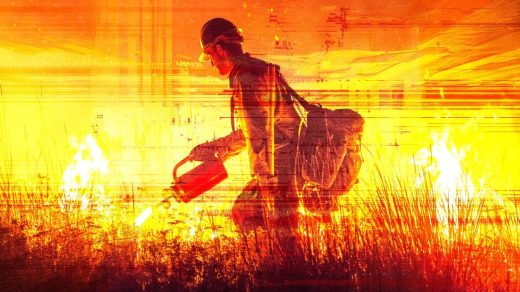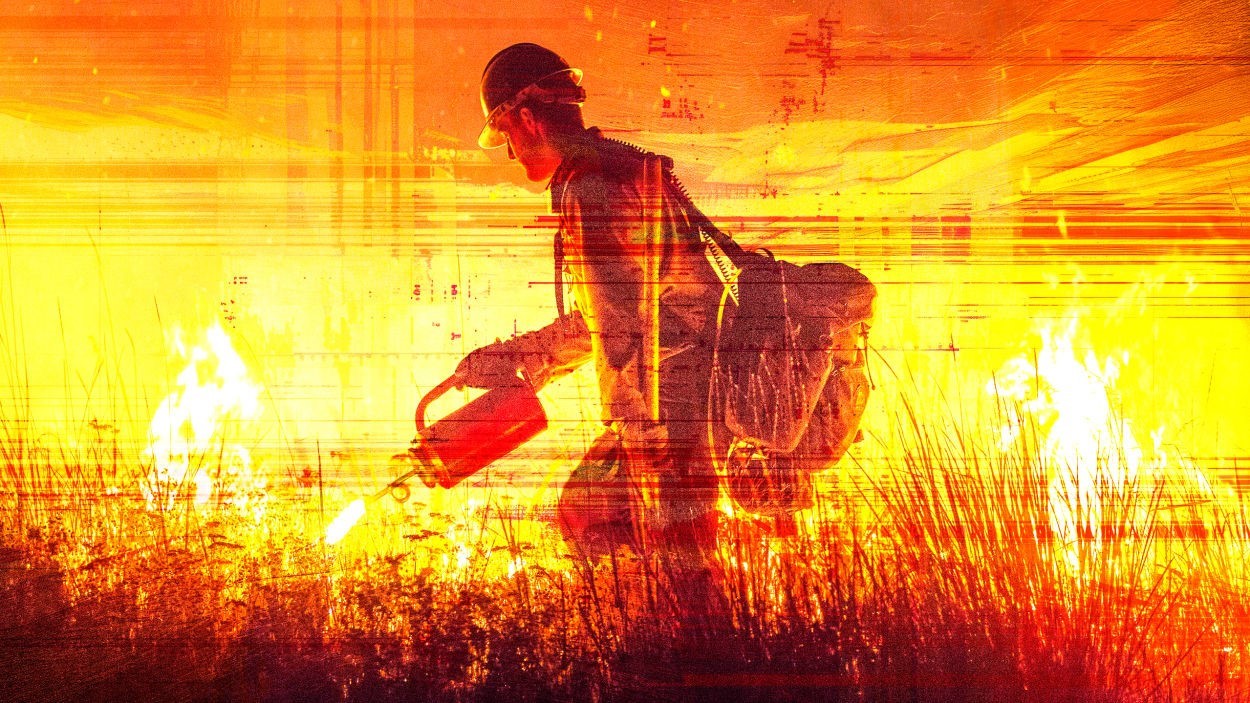AI-enhanced disaster preparedness and response in cities
Natural disasters are happening with increased frequency and severity in the U.S. and around the world. The 2023 Intergovernmental Panel on Climate Change (IPCC) report states that “every region in the world is projected to face further increases in climate hazards.” This paints a daunting picture of humanity’s future. Let’s take a look at an innovative set of new tools that can help us to prepare, respond, and recover.
Preparedness
Preparedness can happen at multiple levels. Nations and states can analyze overall statistics and look at change. Regional government bodies can implement policies, educate their communities, and maintain infrastructure, and individual property owners can ensure that they are as ready as they can be should the worst happen.
While satellite imagery is used more prominently in the media, it takes higher resolution aerial imagery—cameras carried by light aircraft—to capture the detail necessary to analyze individual dwellings, at a scale where counties and insurers can assist with education, management, and communication.
The factors to consider in preparation vary depending on the disaster type. A roof in poor condition is more likely to be damaged by heavy wind. Unmaintained trees and vegetation too close to a dwelling can increase the fire risk. Excessive use of impervious surfaces like concrete increase runoff during flooding. But how many residents know the state of their roof? Or are aware of best practices for managing vegetation? Or know the percentage of their property covered by hard surfaces? Impacts and actions at a local level add up—many thousands of decisions aggregated to map the overall resilience of a whole community.
With modern machine learning methods, a good rule of thumb is that if a human can recognize an object in an image at a glance, it is possible to train a high-quality deep learning model that can automatically recognize instances of that object efficiently and rapidly. It is limited only by the number of cloud computing resources one is willing to deploy. Everything mentioned above is not only possible, but actively deployed in real world products.
Rapid response
Even the best preparations by governments and individuals cannot entirely mitigate the effects once disaster strikes. While weather reports and satellite are the best method of tracking a storm or fire as it grows and moves, it takes aerial imagery’s high resolution to rapidly quantify the impact. For years now, a variety of organizations have scrambled planes to capture imagery as soon as possible after an event. It becomes a race between the planes trying to find a gap in the smoke and clouds, and the first responders getting boots on the ground as soon as it is safe to do so.
While the imagery has become an established norm, it has typically been left to communities, insurers, and nonprofit organizations to pore through the captured imagery and identify damage. It is now possible for a plane to fly, imagery to be uploaded and processed, and made available online through browsers and APIs within a handful of days or less.
With recent AI advances, products are emerging that can rapidly identify the damaged buildings in an image, scrubbing through imagery of hundreds of thousands of properties within a disaster zone in a matter of hours, and returning a list of those with the greatest damage. Between rapid imagery collection and rapid AI, this turnaround is fast enough to impact how insurers and government agencies allocate their response resources.
Recovery
After the initial response has died down (insurance claims filled, dwellings and infrastructure repaired, and normality returns) it’s critical to ensure that no parts of the community are left behind. Recent AI analysis of Nearmap’s aerial imagery catalogue found that the largest number of tarpaulins per roof of any suburb ever captured in Australia was in the Berowra hailstorm of December 2018.
In the early stages, one in three roofs in the suburb had a tarpaulin, a staggering amount of damage. Three months later, however, a significant number of roofs had still not been fully repaired. Even a year later, the recovery was not complete. With the new technology (and critically, the ability to run the same AI system repeatedly and reliably in countless cities), it becomes possible for the first time to identify where the worst damage was and to follow up the recovery of whole communities in the months and years beyond.
The monitoring cycle
From preparation, to disaster and response, to recovery, and preparation again, the cycle induced by frequent natural disasters must be optimized to minimize the impact on people and their communities—and robust, accurate AI systems have arrived just in time to enable that. The real challenge is no longer in the ability to train a machine learning model. It lies in a unique blend of people and planes, cameras and cloud infrastructure, and the best of both artificial and human intelligence. As we prepare for the daunting challenges of the future, it is heartening to see the breathtaking progress in our ability to respond.
Michael Bewley is vice president, AI & computer vision at Nearmap.
(10)



